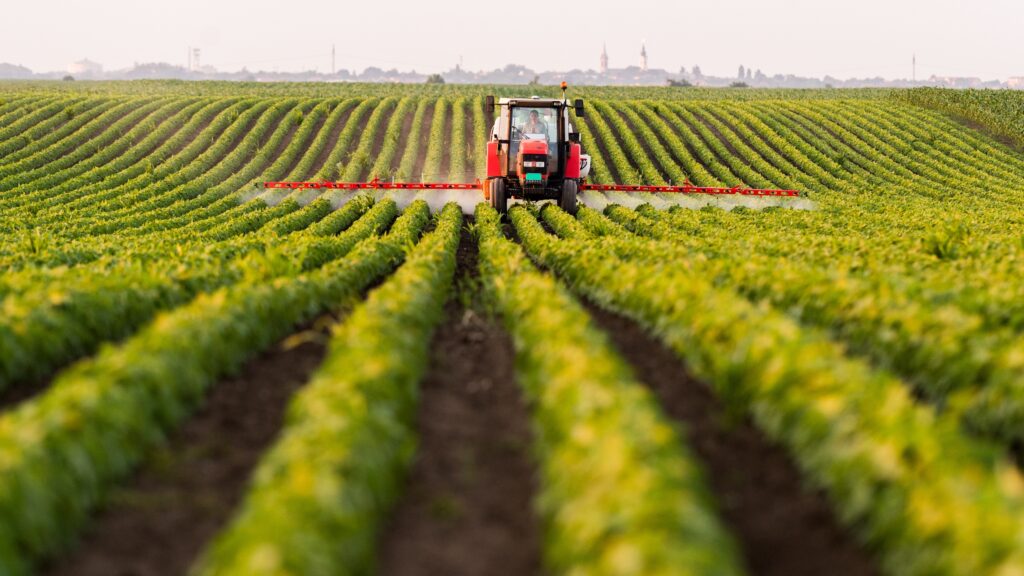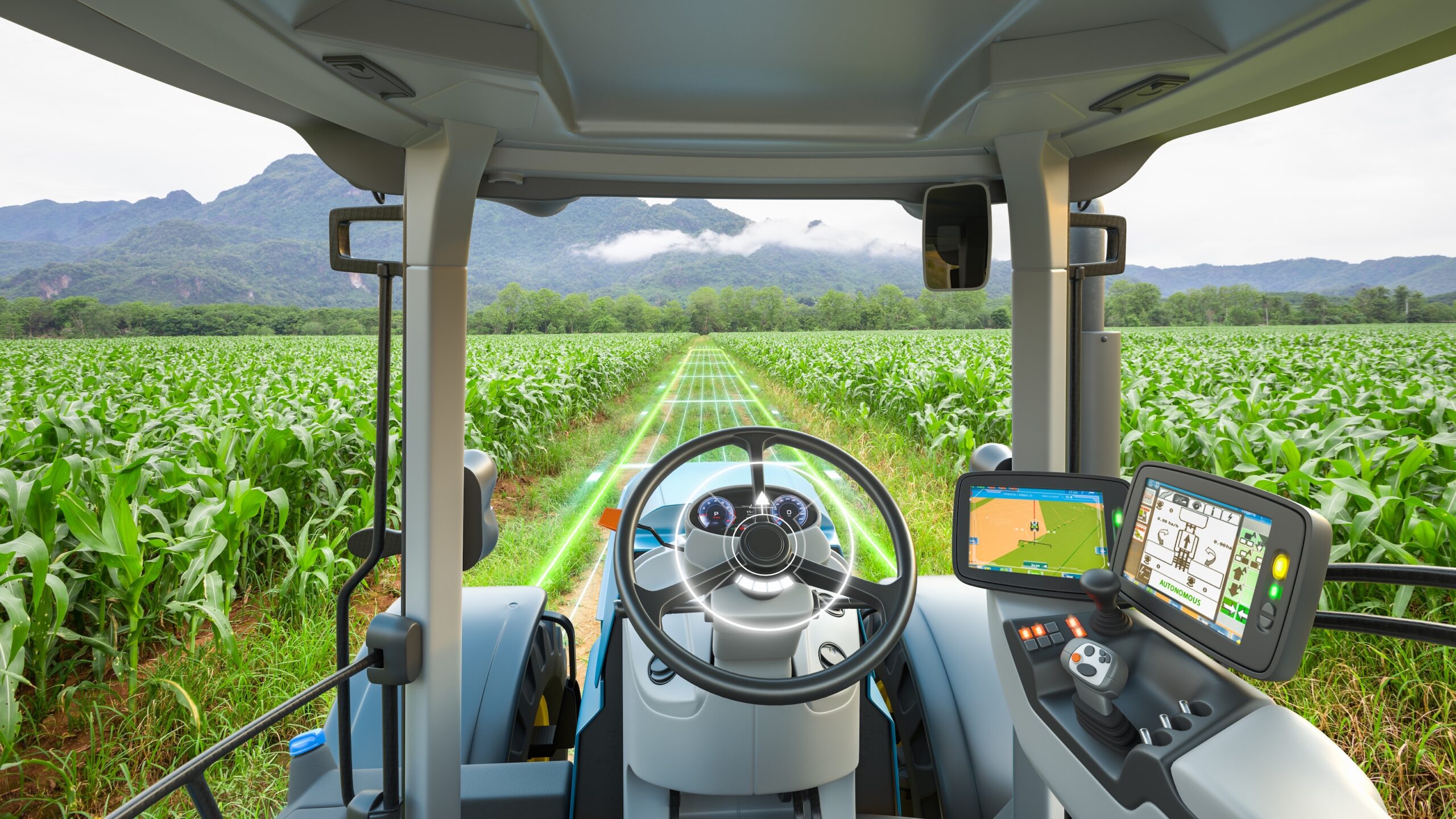Agriculture is evolving, and quickly. With the advent of 5G technologies and an acceleration in digital transformation across the industry, there are new opportunities for farm management systems to operate with greater accuracy and less waste. These improvements are needed to sustainably feed the planet’s growing population, predicted to reach 9.7 billion in 2050. 5G-enabled precision farming could help optimise resources, reduce water consumption, and enhance productivity.
Fifth-generation wireless or 5G is expected to generate $12.3 trillion in revenue and support 22 million jobs worldwide by 2035. So how will it transform the wider agriculture industry? With the potential for 5G to create new revenue models across a multitude of sectors including automotive and manufacturing, use cases in agriculture offer many exciting prospects for the future of smart farms and their capabilities to harness the value of data.
How 5G improves farming
Today’s farms are leveraging a wide range of Internet of Things (IoT) devices to help growers minimise operation costs, increase yields and provide better visibility in an unpredictable environment. In fact, nearly 12 million agricultural sensors are forecasted to be installed globally by 2023. 5G is expected to kick things up a notch by supporting significantly faster internet speeds (as much as 100 times faster than 4G), enabling machine learning and near real-time communication between devices and the cloud. Agricultural original equipment manufacturers (OEMs) can benefit from automated farming processes enabled by next-generation 5G solutions, remotely collecting and analysing rich data from their machines and terrain.
By utilising 5G, a wide range of enhanced technologies will open up to farmers. Field conditions can be more accurately monitored through a larger network of data-collecting sensors. Autonomous drones can scan crops using AI to identify weeds and apply pesticides with precision. More crucially, farmers can better understand their water consumption and apply adjustments to irrigation systems based on accurate data. Progress is picking up speed around the world, with projects like the 5G Open Innovation Lab in the US testing and developing use cases on the ground.

Future of agriculture
According to a U.N. agency report, 38 per cent of the Earth’s land was used for agricultural purposes including for cropland and grazing livestock. While much of today’s 5G infrastructure is being deployed in dense urban environments, coverage in rural areas is growing. 5G will enable opportunities for OEMs and actors across the agricultural sector to capture more value.
To improve the effectiveness of farming practises, innovations across the farming sector will be needed to meet the global food demand for a rising population. 5G-enabled solutions will help facilitate the digital transformation of agriculture, and while the industry has been slower to adopt new technologies, the prospects of smarter farming methods are understandably exciting. By delivering innovation in modern agriculture, Cubic Telecom’s connected software solutions enable OEMs and industry players to optimise their farm management systems. With the global smart agriculture market expected to be worth $15.3 billion by 2025, the opportunities for stakeholders are vast.
Learn more, download our eBook: Enabling digital transformation in agriculture

